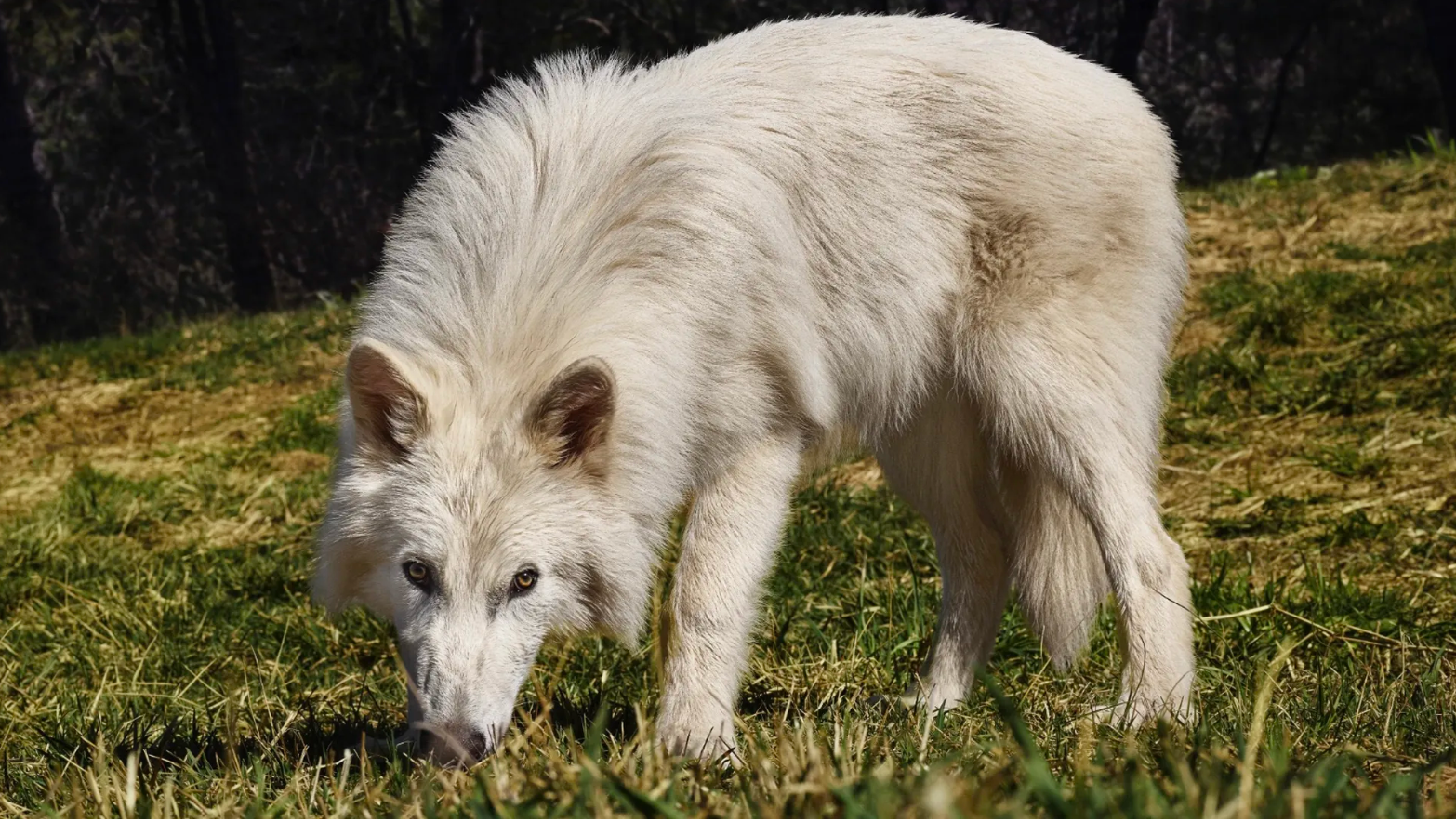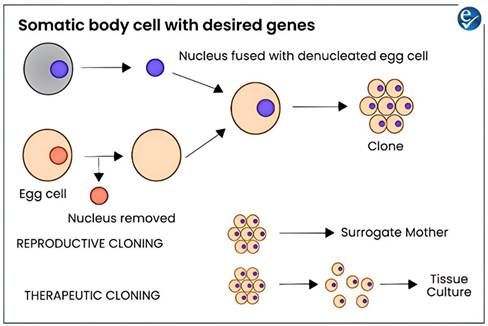- Courses
- GS Full Course 1 Year
- GS Full Course 2 Year
- GS Full Course 3 Year
- GS Full Course Till Selection
- Answer Alpha: Mains 2025 Mentorship
- MEP (Mains Enrichment Programme) Data, Facts
- Essay Target – 150+ Marks
- Online Program
- GS Recorded Course
- Polity
- Geography
- Economy
- Ancient, Medieval and Art & Culture AMAC
- Modern India, Post Independence & World History
- Environment
- Governance
- Science & Technology
- International Relations and Internal Security
- Disaster Management
- Ethics
- NCERT Current Affairs
- Indian Society and Social Issue
- NCERT- Science and Technology
- NCERT - Geography
- NCERT - Ancient History
- NCERT- World History
- NCERT Modern History
- CSAT
- 5 LAYERED ARJUNA Mentorship
- Public Administration Optional
- ABOUT US
- OUR TOPPERS
- TEST SERIES
- FREE STUDY MATERIAL
- VIDEOS
- CONTACT US
First successful De-extinction of Dire Wolfs executed
First successful De-extinction of Dire Wolfs executed
09-04-2025

The Return of the Dire Wolf
- Colossal Biosciences has achieved the first successful de-extinction of the dire wolf, a species that went extinct between 10,000 and 13,000 years ago. By using a combination of cloning and gene-editing techniques, scientists have successfully created three dire wolf pups from ancient DNA samples.
- Instead of the traditional method of cloning, Colossal Biosciences employed a more innovative approach. They used endothelial progenitor cells (EPCs) from gray wolves, the closest living relatives of the dire wolf.
- These cells were then gene-edited to closely match the genetic makeup of the extinct species, leading to the birth of the pups. This marks a significant milestone in de-extinction science and demonstrates the potential for reviving extinct species through modern genetic technology.
- In addition to the dire wolf project, Colossal Biosciences is also working to bring back the pink pigeon, an extinct species native to Mauritius.
- The process involves extracting primordial germ cells (PGCs) from a fertilized egg of a pink pigeon. These cells are the precursors to sperm and eggs and carry crucial genetic information, which can be used to regenerate the species.
What Is Cloning?

Cloning refers to the process of creating an identical copy of an organism. There are two primary types of cloning:
- Reproductive Cloning: This involves creating genetically identical individuals. The first successful instance of this was Dolly the sheep in 1996, who was cloned using somatic cell nuclear transfer (SCNT). The goal of reproductive cloning is to produce organisms that are exact genetic replicas of the original.
- Therapeutic Cloning (Embryonic Cloning): This type of cloning involves creating embryos for research purposes. The embryos are typically used to study diseases or develop treatments, rather than to create fully developed organisms.
Cloning Methods
- Somatic Cell Nuclear Transfer (SCNT): In this process, the nucleus of a somatic cell (a regular body cell) is transferred into an egg cell that has had its nucleus removed. This technique is commonly used in reproductive cloning.
- Embryo Splitting: This method involves dividing an early-stage embryo into two or more parts, each of which can develop into a genetically identical organism.
Ethical Considerations in Cloning
The practice of cloning raises several ethical issues, particularly when it comes to the treatment of animals and humans:
- Commodification of Animals: Cloning may be seen as treating animals as mere commodities, devoid of individual rights or autonomy. This could be seen as a violation of the principle of consent, as animals cannot choose to be cloned.
- Violation of Bioethics: Cloning can be viewed as interference in the natural process of reproduction. For instance, the idea of creating “designer babies” — humans with selected traits — raises concerns about how far humans should go in manipulating the natural genetic process.
- Kantian Ethics: From a Kantian perspective, which emphasizes treating others as ends in themselves rather than as means to an end, cloning may be deemed unethical. The act of cloning could be viewed as using organisms solely for human benefit, without regard for their inherent value.
|
Also Read |
|
| NCERT Books For UPSC | |
| UPSC Monthly Magazine | Best IAS Coaching in Delhi |




